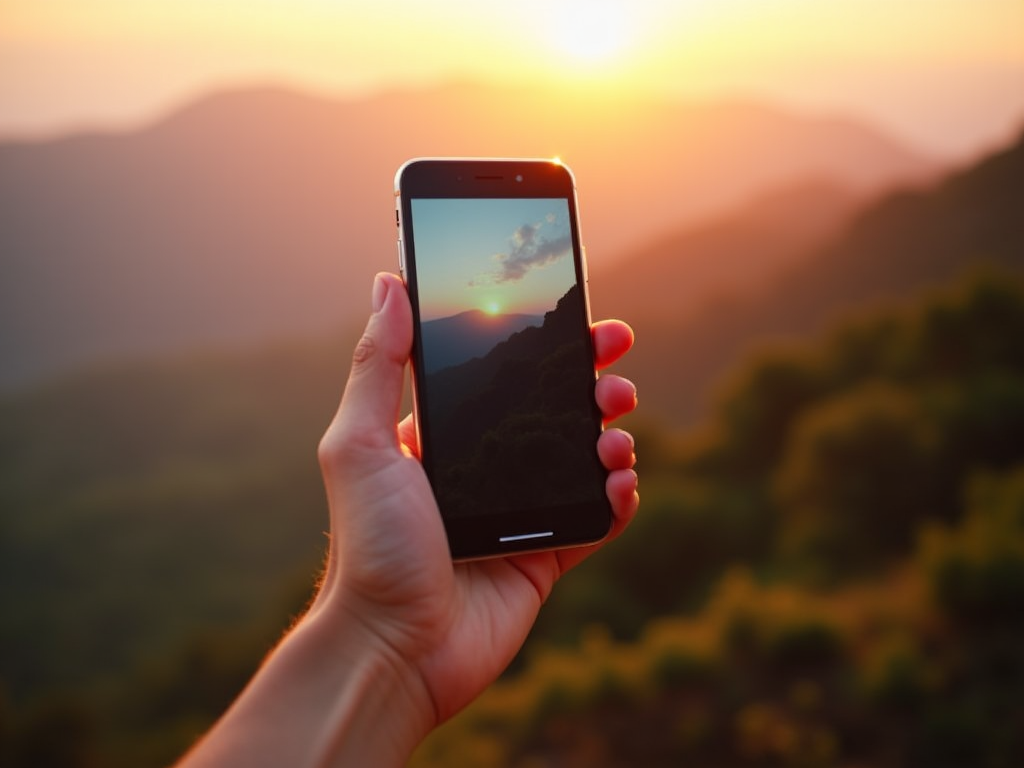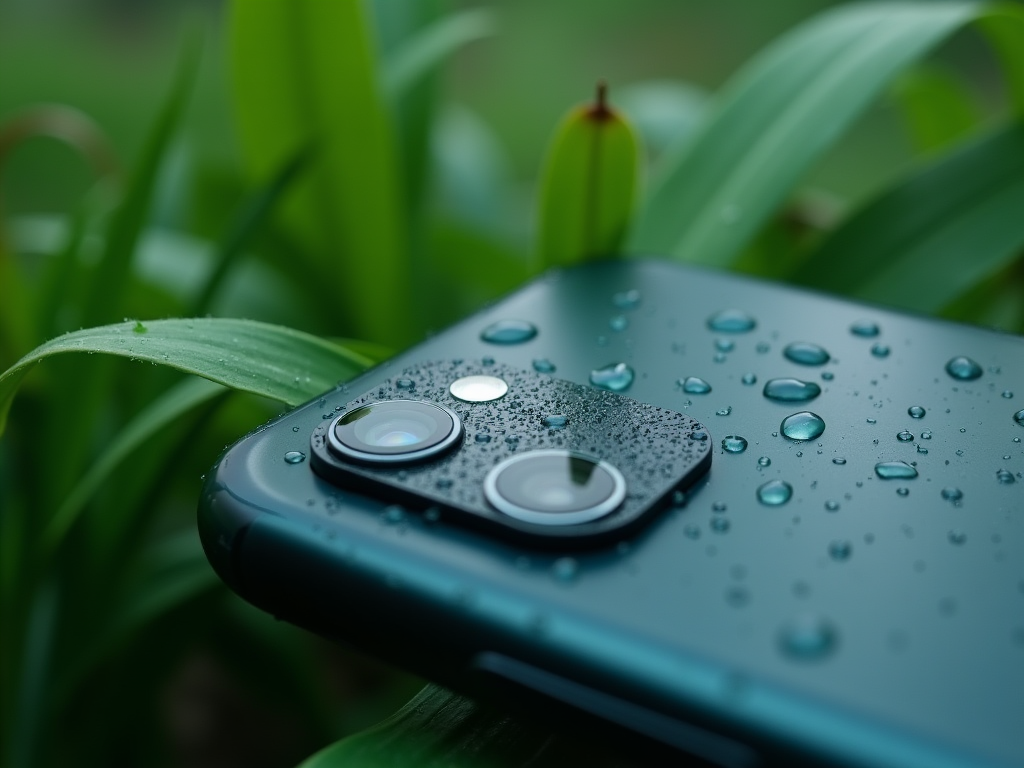
In an age where the power of photography is literally at your fingertips, choosing the right smartphone can make all the difference. The first step is understanding that not all smartphones are created equal when it comes to their camera capabilities. With a plethora of options available, each boasting unique features and specifications, it can be a daunting task to identify what meets your needs. You might seek to capture vibrant landscapes, intimate portraits, or spontaneous moments, and each scenario demands different capabilities. Furthermore, advancements in electronics have made it possible for manufacturers to offer high-quality cameras in compact devices, making the decision even more critical. This guide will delve into essential factors to consider when purchasing a smartphone primarily for its camera.
Understanding Smartphone Camera Specifications

Smartphone camera specifications can often be overwhelming. It’s crucial to familiarize yourself with these features so you can make informed choices. Below are some of the key specifications you should consider when evaluating potential smartphones:
- Megapixels: While a higher megapixel count generally signals better resolution, it doesn’t guarantee superior image quality. Sensor size and software optimization are equally important.
- Aperture Size: This influences how much light enters the lens and affects low-light performance. A lower f-stop number means better capability in dim conditions.
- Optical Zoom vs. Digital Zoom: Optical zoom is preferable as it maintains image quality by physically moving the lens. Digital zoom often results in pixelation.
- Image Stabilization: This feature reduces blurriness caused by hand movement, essential for capturing sharp images during action shots or low light.
Assessing Your Photography Needs

Before making a purchase, it’s crucial to evaluate your personal photography needs. Different photographers have distinct requirements: for instance, if you’re an outdoor enthusiast, your needs will vastly differ from someone who frequently photographs indoor events or family gatherings. Think about the scenarios in which you’ll be using the camera; this includes considering lighting conditions and the types of subjects you most commonly photograph. Additionally, are you someone who enjoys quickly snapping casual photos, or do you prefer taking the time to set up a shot? This will ultimately affect not just the choice of smartphone, but your overall enjoyment and satisfaction with the device.
As you consider your photography style, note the following common types you may identify with:
- Casual Snapping: For fleeting moments and everyday events, a smartphone that is user-friendly and quick to operate is essential.
- Professional Editing: If you’re keen on taking photos that require post-processing, look for models that support higher resolutions and advanced editing options.
This differentiation will also impact which smartphone models will deliver satisfactory performance. Knowing yourself as a photographer can empower you in making the best selection.
| Feature | Regular Smartphones | High-End Smartphones |
|---|---|---|
| Camera Megapixels | 12-16 MP | 24 MP and above |
| Aperture Size | f/2.2 | f/1.8 or lower |
| Image Stabilization | Digital | Optical |
| Optical Zoom | None | 2x-5x |
Exploring Additional Features
In addition to the basic specifications, consider the following features that can dramatically enhance your smartphone photography experience:
- Camera Modes: Many smartphones feature various specialized modes such as night mode, portrait mode, and slow-motion, allowing for creative flexibility.
- Editing Tools: Integrated tools can save you time and simplify your workflow, enabling on-the-go adjustments for quick posts on social media.
- Multiple Lenses: A phone equipped with various lenses enables users to experiment with different perspectives, enhancing creativity and capturing a range of subjects.
Budget Considerations
Your budget can significantly influence your options when buying a smartphone primarily for photography. Prices for camera-centric smartphones can vary widely, and it’s crucial to know where to draw the line. Entry-level models will typically offer decent features at a lower price point but may lack some of the advanced functionalities found in high-end models. However, thousands of dollars do not always equate to superior performance. It is imperative to seek a model that balances cost against the desired specifications. Less expensive options can be suitable for casual users, while serious photographers might find more value in higher-end devices with specialized features.
Conclusion
Purchasing a smartphone for its camera capabilities involves careful consideration of specifications, your personal photography needs, and budget constraints. With the right information, you can navigate through the many options available in today’s market. By focusing on essential features like megapixels, aperture size, and additional functionalities, you can find a device that enhances your photography experience and meets your expectations. Consider how you plan to use the camera, weigh your options thoroughly, and before you know it, you will capture stunning images.
Frequently Asked Questions
- What specifications should I prioritize for mobile photography? Look for high megapixels, a wide aperture, and good optical zoom, alongside image stabilization features.
- Is a higher megapixel count always better? Not necessarily; quality also depends on sensor size and software optimizations.
- How important is low-light performance? Very important if you frequently shoot indoors or at dusk; indicate a camera with a wide aperture and advanced processing.
- What is the advantage of having multiple camera lenses? Multiple lenses provide versatility, allowing for different types of shots, from wide-angle landscapes to close-up details.
- Should I invest in a mid-range or flagship smartphone for photography? It depends on your usage; mid-range devices often offer great value, while flagships provide advanced features.




